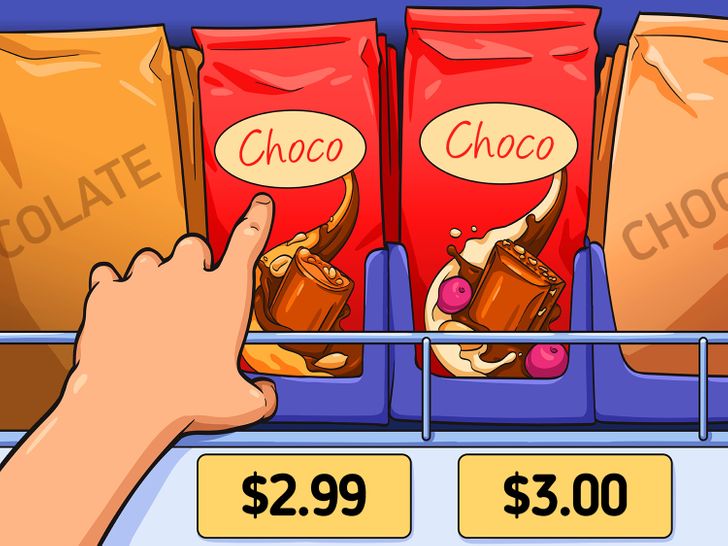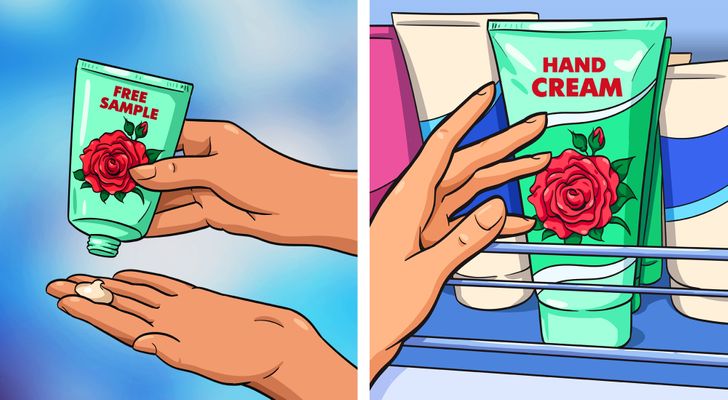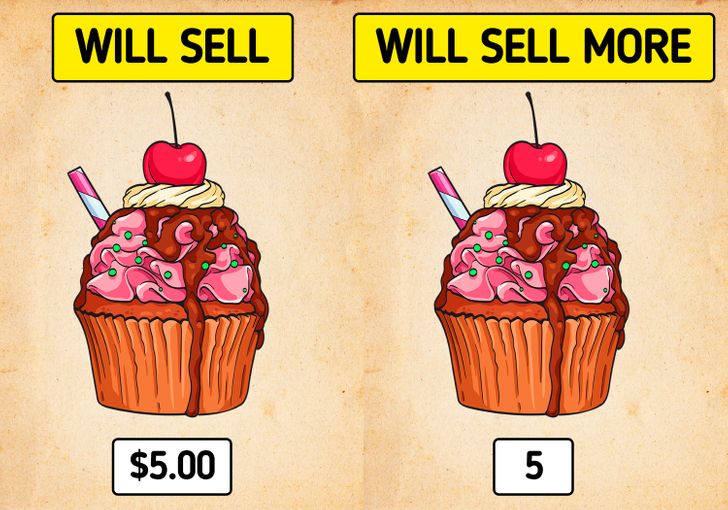Why Most Prices End in .99
Even though products with prices ending in .99 may seem like a problem when calculating the total cost of a shopping list, they’re actually part of a pricing tactic that goes beyond making us have lots of low-value coins in our wallets.
5-Minute Crafts has prepared a short guide to explain this strategy and show you other interesting selling mechanisms.
The reason why prices end in .90 or .99

A price that ends in .90 or .99 follows a tactic to increase sales of low-value products, which shows that customer behavior is not always rational.
This old technique, known as the “left-digit effect,” can be explained the following way: customers see the left number first and, therefore, have an opinion on the price before paying attention to their rationale. At the same time, customers tend to relate the digit they see in the first place to the next lowest monetary number.
For example, a price such as $2.99 instead of $3.00 will make the customer instinctively focus on the lower price digit on the left, the number 2. This will happen even though both values, $2.99 and $3.00, are almost identical. As a result, the first price will look much more attractive, making the potential buyer feel like they’re spending less.
Other common psychological pricing tactics
1. Artificial time constraints

This technique is based on selling an item at a lower price for a limited time, which makes customers feel like they have to purchase the product urgently before it’s sold out. However, it’s very likely that these sales will happen again.
2. The endowment effect

This mechanism suggests that customers are more eager to pay for services or items they already own rather than others they have to acquire for the first time.
For instance, if a customer is given a trial period or a free sample, they get ownership of the service or product before making a purchase. Consequently, this will lead to an increased willingness to pay to avoid the feeling of loss.
3. Price appearance

As longer figures may appear more expensive, this strategy consists in shortening the prices to prevent customers from associating the time they spend reading a number with cost.
For example, it’s very common to see restaurant menus with prices in small fonts, and without unnecessary zeros or currency signs, making their products much more attractive to the customer.